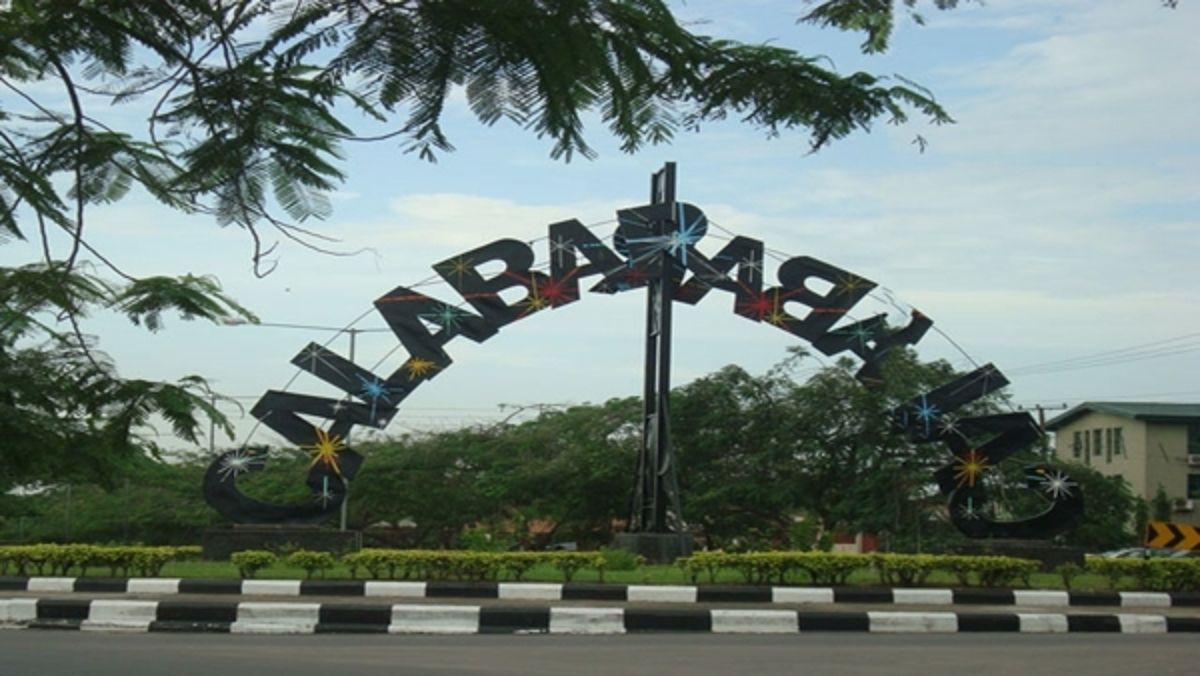
By Emmanuel Unah
Calabar, a city set on a natural hill overlooking the Calabar River, became the biggest colonial administration in Nigeria in the 18th, 19th and early part of the 20th centuries.
It has a rich history having served as first capital of the Southern Protectorate, the Oil River Protectorate and Niger Coast Protectorate. This was until the administrative centre of the Southern Protectorate was moved to Lagos in 1906.
Though it lost its unique status over a century ago, relics and tales of former colonial administrative capital still pervades this famed tourist destination known as Paradise City.
Interestingly, most of the streets in Calabar are named after the early missionaries and colonial officials that bestrode the port city. One of the iconic structures in town aside the old colonial seat of power tagged: Old Residency is a storey building on Egerton Street, built-in 1924 and is housing a photo studio. This is one of the many colonial relics dotting the length and breadth of, the first capital of Nigeria.
These colonial relics are also found in form of names of streets, nomenclatures of government residences, family names, communal abodes and academic institutions. It’s over a hundred years since the capital of Nigeria was moved from the city to Lagos before being moved to Abuja and over six decades that Nigeria gained independence, yet, the authorities have not deemed it necessary to effect changes in these names.
For instance, the governor’s official residence is known as The Peregrino, while the headquarters of the Nigeria Police Command is on Diamond Hill. The palace of the Obong of Calabar and the headquarters of the Catholic Church in the city, Cathedral of the Holy Trinity is on Egerton Street while the communal abodes where these two prominent places are located is called Henshaw Town.
Basically, 80 per cent of streets in Calabar still bear colonial names.
The office and residence of the President of the United States has a street named after it, The White House Street. The English monarchy has one of its prominent queens adorned with a street, popularly known as Queen Victoria Street while her husband has an adjoining street called King Street.
READ ALSO: Cross River to register boats to curb kidnappings on waterways
The Vanguard newspaper office in Calabar is on Harcourt Street and beside it, is Brooks Street and directly opposite is Porter; after Porter is Punch and thereafter is Bedwell, the home of motor spare parts dealers in the city.
The Presbyterian Church headquarters is on Macdonald Street while the communal name where it is located is Duke Town. The two major markets in the city are known as Watt and Marian markets.
Some of these names sound so exotic and tongue-twisting as some outlandish rhymes. We have Od’wer, next to it, Sandhurst from there you move to Webber and from Webber, you get to Murray, adjoining it is Target and then you get to Mayne Avenue.
The over-crowded cemetery in the city is known as Hawkins, the Calabar Municipal office is on Marian Road while the secretariat that houses government ministries is on Leopard Town Road. Building materials are sold at Garden Street while bookshops are majorly found on Hewett Street. The street that divides Calabar Municipal from Calabar South Local Government Council is Mary Slessor.
We are not in a hurry to make changes—Govt
Upon enquiry by NDV at Calabar South Local Government Area where most of the colonial names are still prominent, an official of the Town Planning unit, Mrs Esther Edet Eyong said the government was not in a hurry to change these names because Calabar was one of the first places the Europeans landed.
“They (Europeans) found this place comfortable and lived among us so we are proud to be associated with that history,” she said.
She said efforts are being made to change some of those names, “but we have to do it slowly and with a sense of history.”
Disclaimer
Comments expressed here do not reflect the opinions of Vanguard newspapers or any employee thereof.